
Python Parallel Programming Cookbook
¥90.46
This book is intended for software developers who want to use parallel programming techniques to write powerful and efficient code. After reading this book, you will be able to master the basics and the advanced features of parallel computing. The Python programming language is easy to use and allows nonexperts to deal with and easily understand the topics exposed in this book.
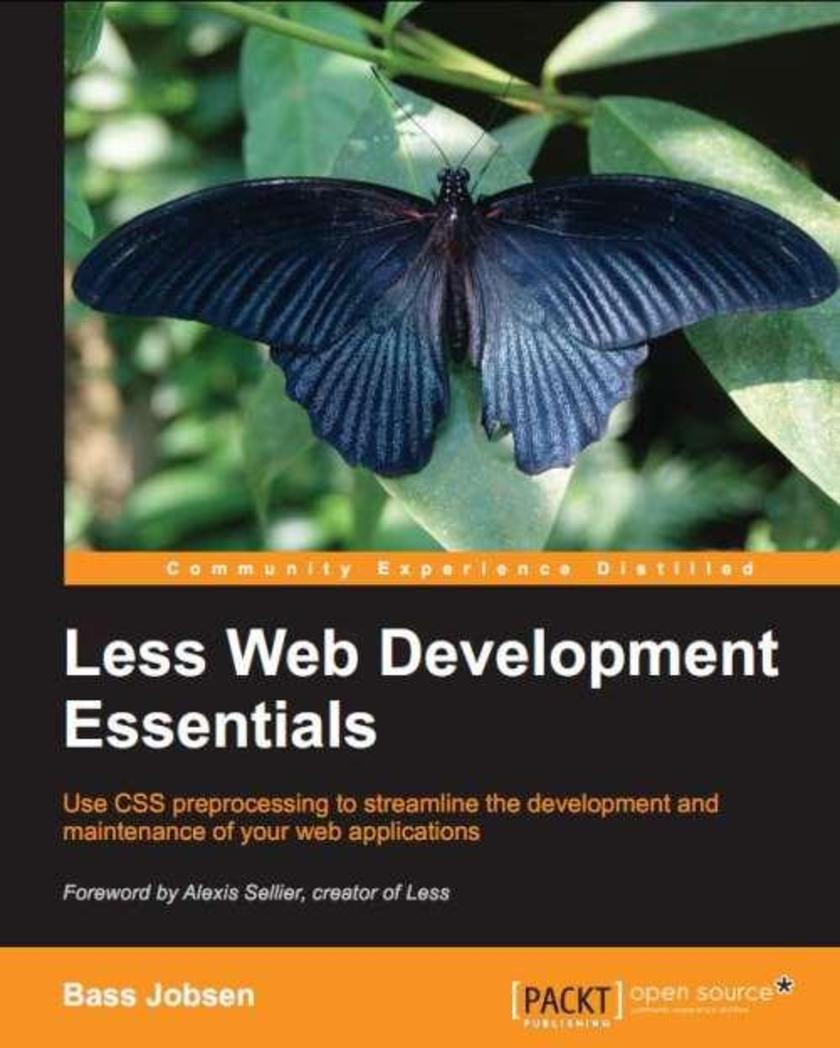
Less Web Development Essentials
¥54.49
Written in a practical and concise manner, this book is a crashcourse in teaching you the fundamental concepts of Less with reallife examples and problems. If you use CSS(3) in your web development tasks and would love to learn how to create maintainable and reusable code with Less, this book is ideal for you. Although you need to have some experience in web development, even beginners will find that this book is useful.
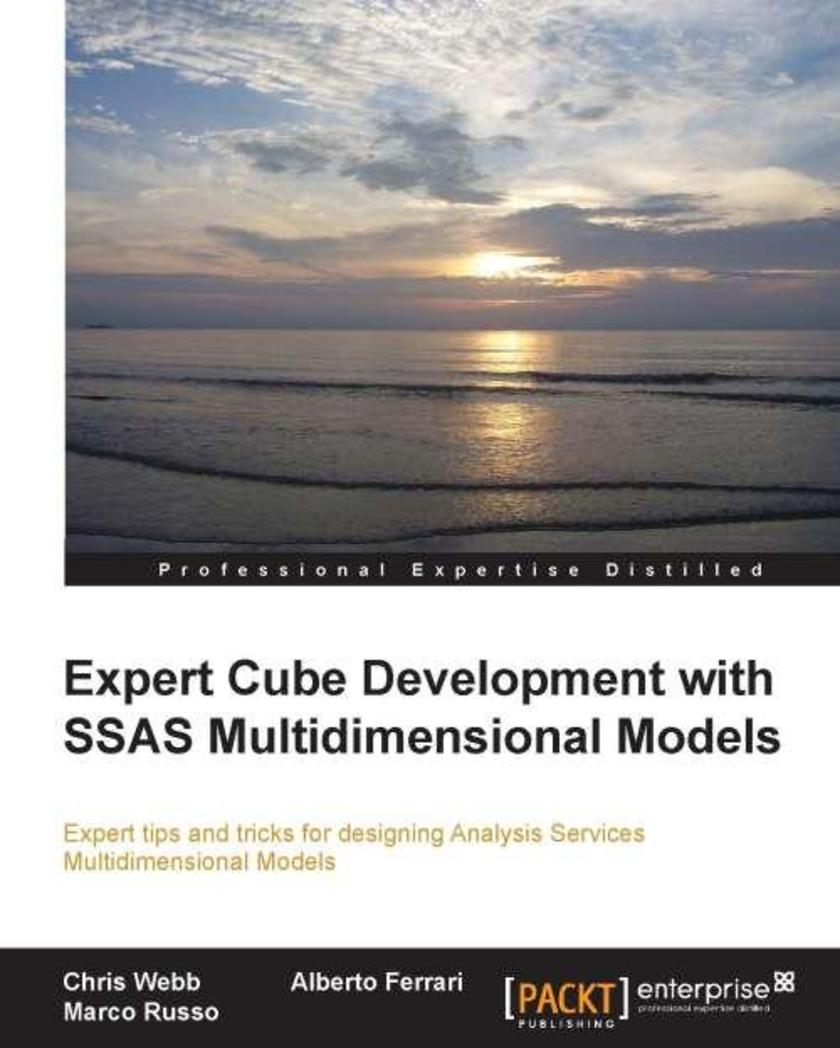
Expert Cube Development with SQL Server Analysis Services 2012 Multidimensional
¥90.46
An easytofollow guide full of hands on examples of realworld Analysis Services cube development tasks. Each topic is explained and placed in context, and for the more inquisitive reader, there also more indepth details of the concepts used. If you are an Analysis Services cube designer wishing to learn more advanced topic and best practices for cube design, this book is for you.You are expected to have some prior experience with Analysis Services cube development.

Getting Started with PowerShell
¥71.93
This book is intended for Windows administrators or DevOps users who need to use PowerShell to automate tasks. Whether you know nothing about PowerShell or know just enough to get by, this guide will give you what you need to take your *ing to the next level.
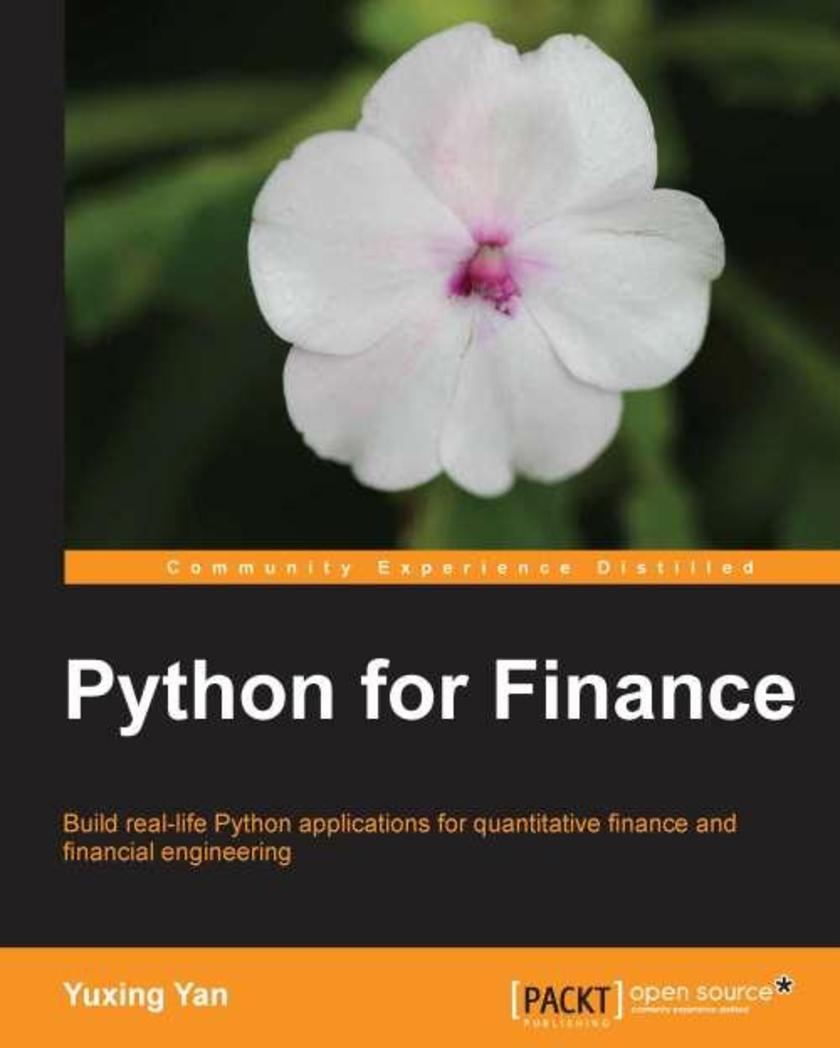
Python for Finance
¥80.65
A handson guide with easytofollow examples to help you learn about option theory, quantitative finance, financial modeling, and time series using Python. Python for Finance is perfect for graduate students, practitioners, and application developers who wish to learn how to utilize Python to handle their financial needs. Basic knowledge of Python will be helpful but knowledge of programming is necessary.
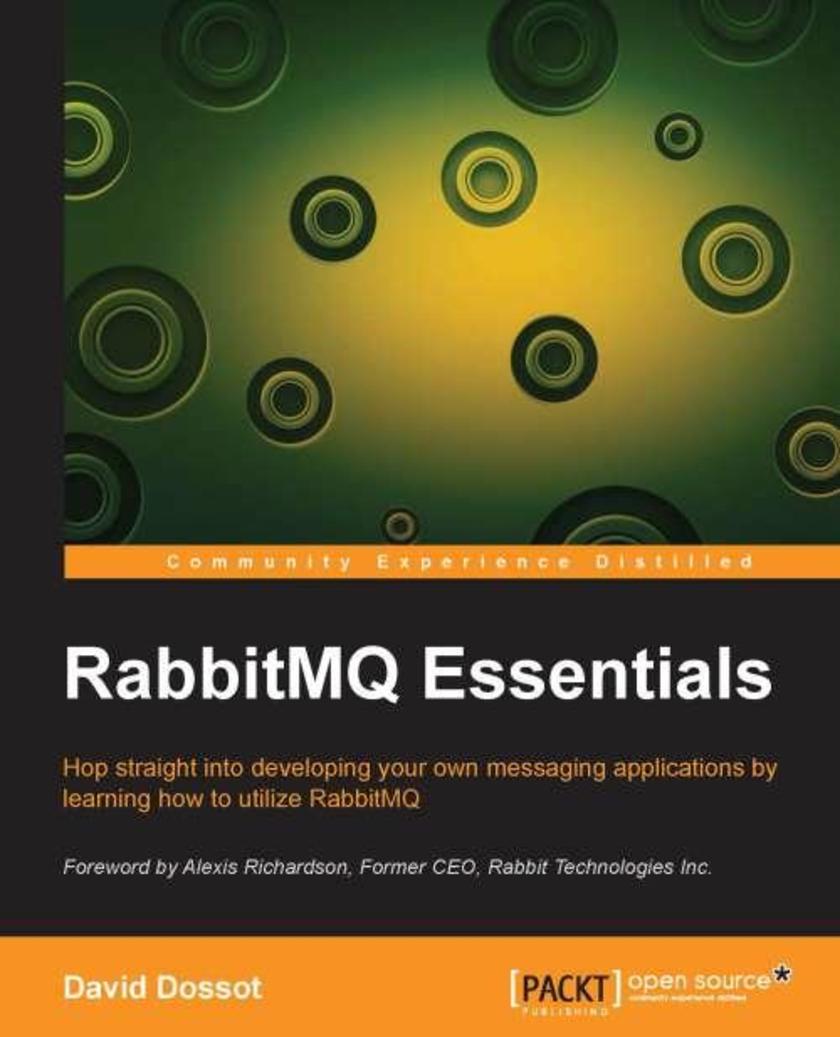
RabbitMQ Essentials
¥50.13
This book is a quick and concise introduction to RabbitMQ. Follow the unique case study of Clever Coney Media as they progressively discover how to fully utilize RabbitMQ, containing clever examples and detailed explanations. Whether you are someone who develops enterprise messaging products professionally or a hobbyist who is already familiar with open source Message Queuing software and you are looking for a new challenge, then this is the book for you. Although you should be familiar with Java, Ruby, and Python to get the most out of the examples, RabbitMQ Essentials will give you the push you need to get started that no other RabbitMQ tutorial can provide you with.

Prezi Hotshot
¥80.65
This book takes a handson, tutorialstyle approach that walks you through ten individual projects, each focusing on producing a specific Prezi. If you have some basic experience of Prezi and want to gain advanced knowledge by building different kinds of Prezi projects, then this book is for you.
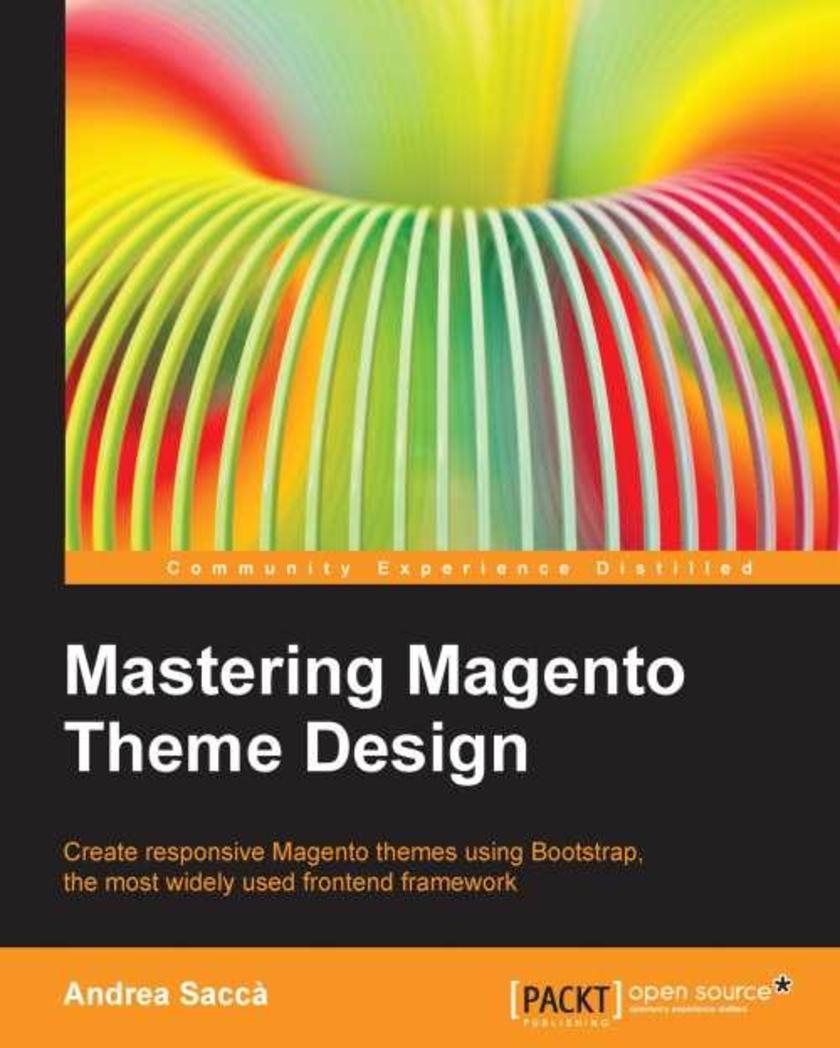
Mastering Magento Theme Design
¥99.18
Written in a stepbystep, tutorial style with a lot of code snippets and handson examples to create an advanced Magento theme from scratch, this book is tailormade for web designers and developers. This book is great for developers and web designers who are looking to get a good grounding in how to create custom, responsive, and advanced Magento themes. Readers must have some experience with HTML, PHP, CSS, and Magento theme design. This book will be useful for anybody who already has knowledge of the Magento frontend structure.
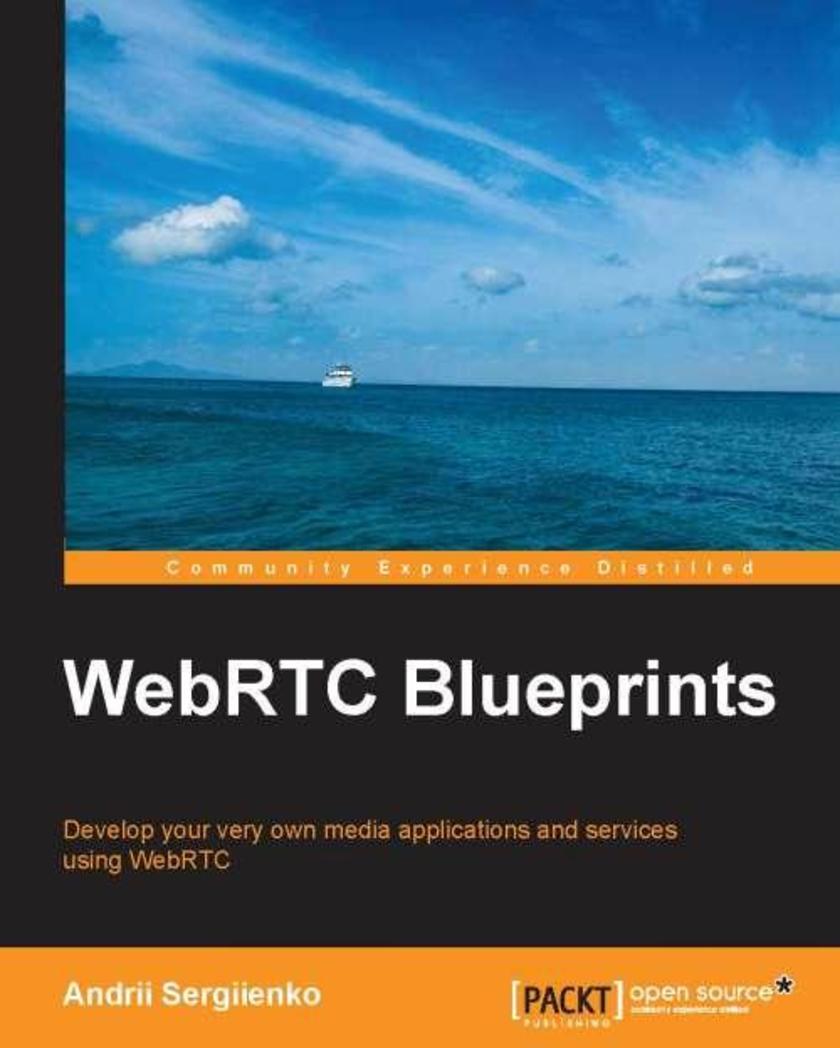
WebRTC Blueprints
¥75.20
This book is a stepbystep projectbased guide that aims to teach you how to develop your own web applications and services with WebRTC in a concise, practical manner. This book will be perfect for you if you are a WebRTC developer and want to build complex WebRTC applications and projects, or if you want to gain practical experience in developing web applications, advanced WebRTC media handling, server and client signaling, call flows, or thirdparty integration. It is essential to have prior knowledge of building simple applications using WebRTC.
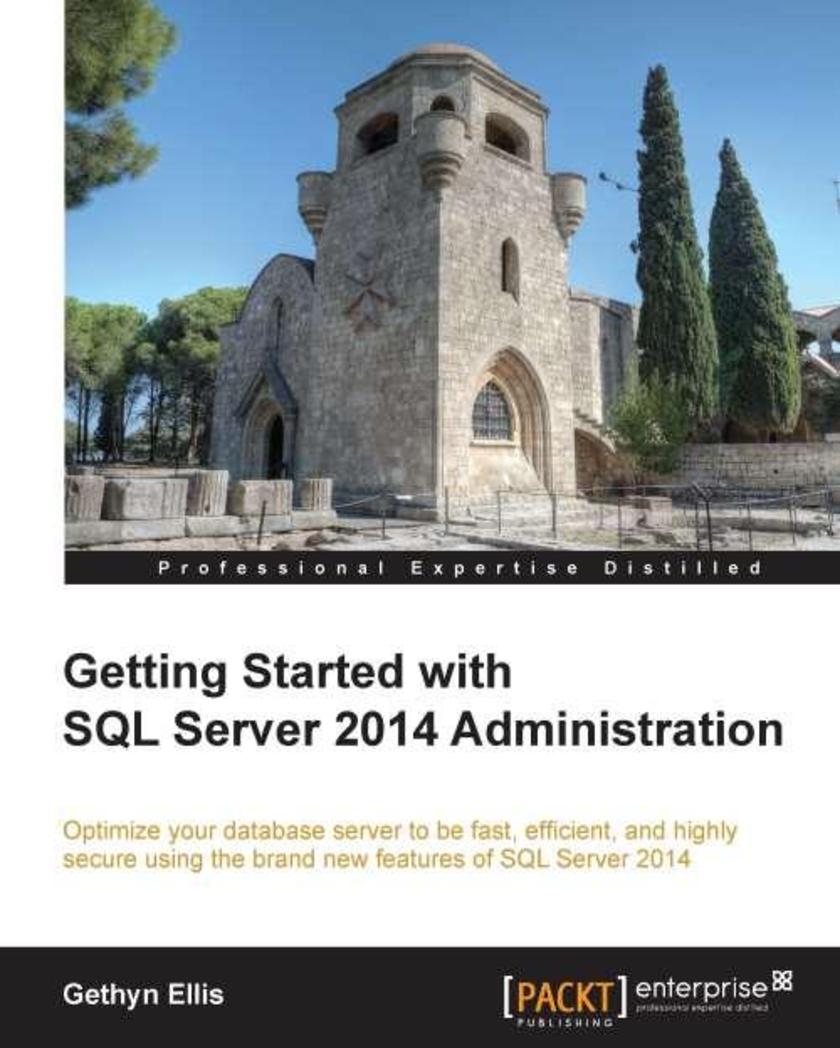
Getting Started with SQL Server 2014 Administration
¥49.04
This is an easytofollow handson tutorial that includes real world examples of SQL Server 2014's new features. Each chapter is explained in a stepbystep manner which guides you to implement the new technology. If you want to create an highly efficient database server then this book is for you. This book is for database professionals and system administrators who want to use the added features of SQL Server 2014 to create a hybrid environment, which is both highly available and allows you to get the best performance from your databases.
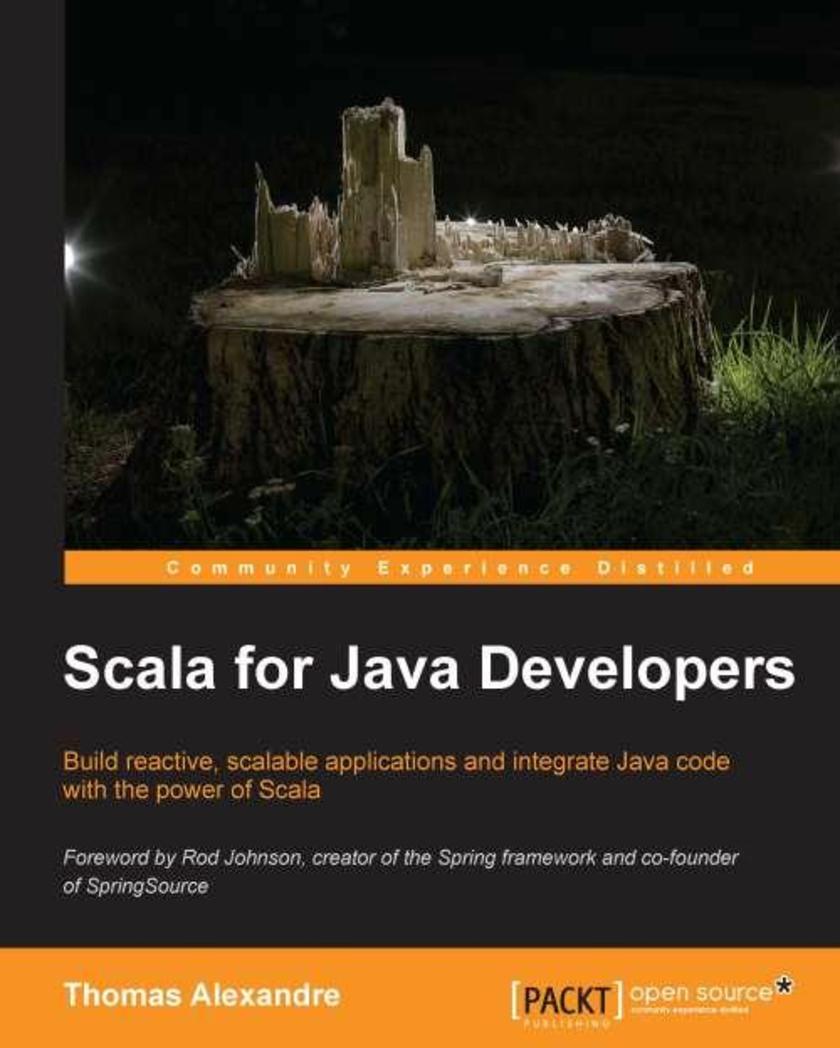
Scala for Java Developers
¥80.65
This stepbystep guide is full of easytofollow code taken from realworld examples explaining the migration and integration of Scala in a Java project. If you are a Java developer or a Java architect, working in Java EEbased solutions and want to start using Scala in your daily programming, this book is ideal for you. This book will get you up and running quickly by adopting a pragmatic approach with realworld code samples. No prior knowledge of Scala is required.
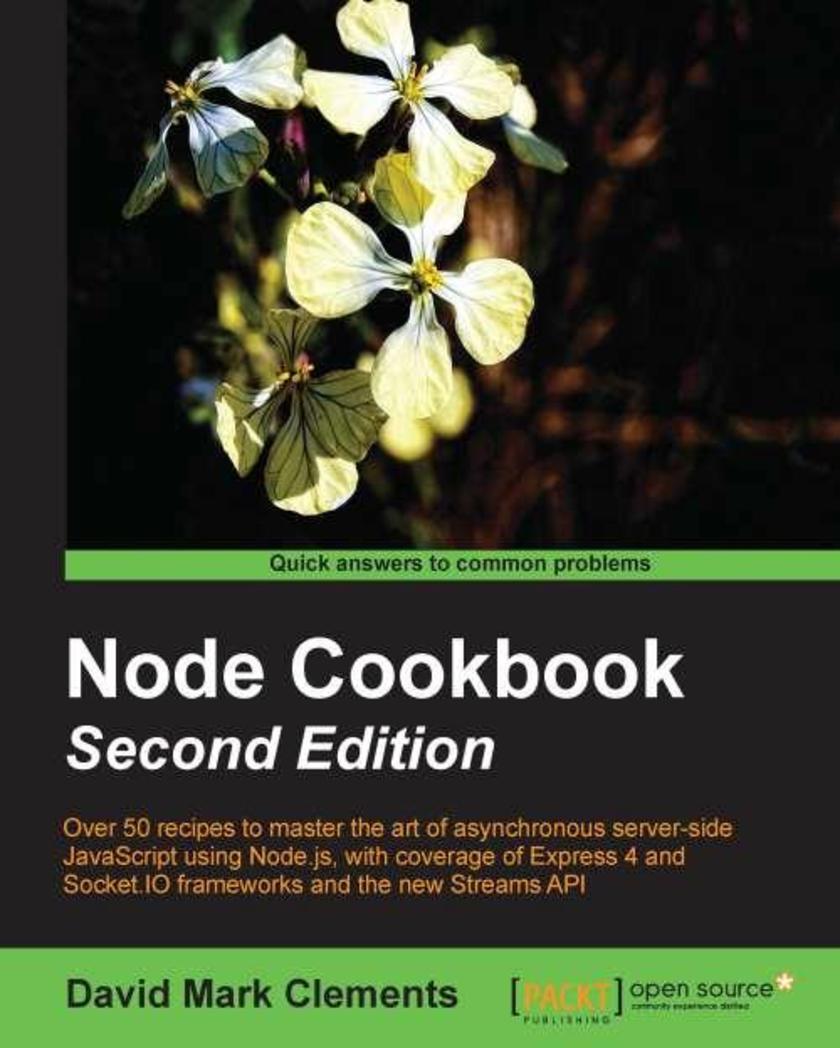
Node Cookbook Second Edition
¥90.46
In Node Cookbook Second Edition, each chapter focuses on a different aspect of working with Node. Following a Cookbook structure, the recipes are written in an easytounderstand language. Readers will find it easier to grasp even the complex recipes which are backed by lots of illustrations, tips, and hints. If you have some knowledge of JavaScript and want to build fast, efficient, scalable clientserver solutions, then Node Cookbook Second Edition is for you. Knowledge of Node will be an advantage but is not required. Experienced users of Node will be able to improve their skills.
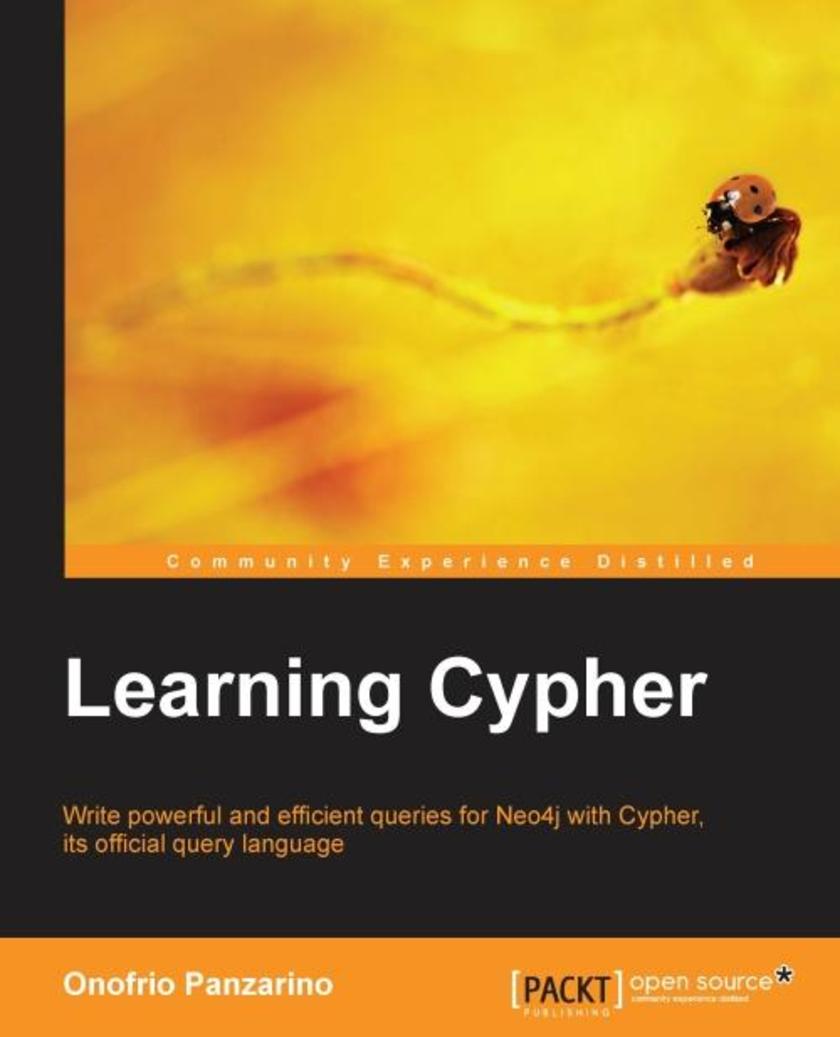
Learning Cypher
¥50.13
An easytofollow guide full of tips and examples of realworld applications. In each chapter, a thorough example will show you the concepts in action, followed by a detailed explanation. This book is intended for those who want to learn how to create, query, and maintain a graph database, or who want to migrate to a graph database from SQL. It would be helpful to have some familiarity with Java and/or SQL, but no prior experience is required.

OUYA Game Development by Example
¥71.93
"OUYA Game Development by Example" consists of different game application examples. No prior experience with programming is required. You will learn everything from scratch and will have an organized flow of information specifically designed for complete beginners. Using this book, you can get started with creating games without any game development experience. This book is perfect for anyone that wants to make video games but is unsure of where to start. It covers elements of game design, art, and programming comprehensively, and the engine used throughout all of the tutorials is very beginnerfriendly. No prior knowledge is assumed or required for the tutorials in this book.
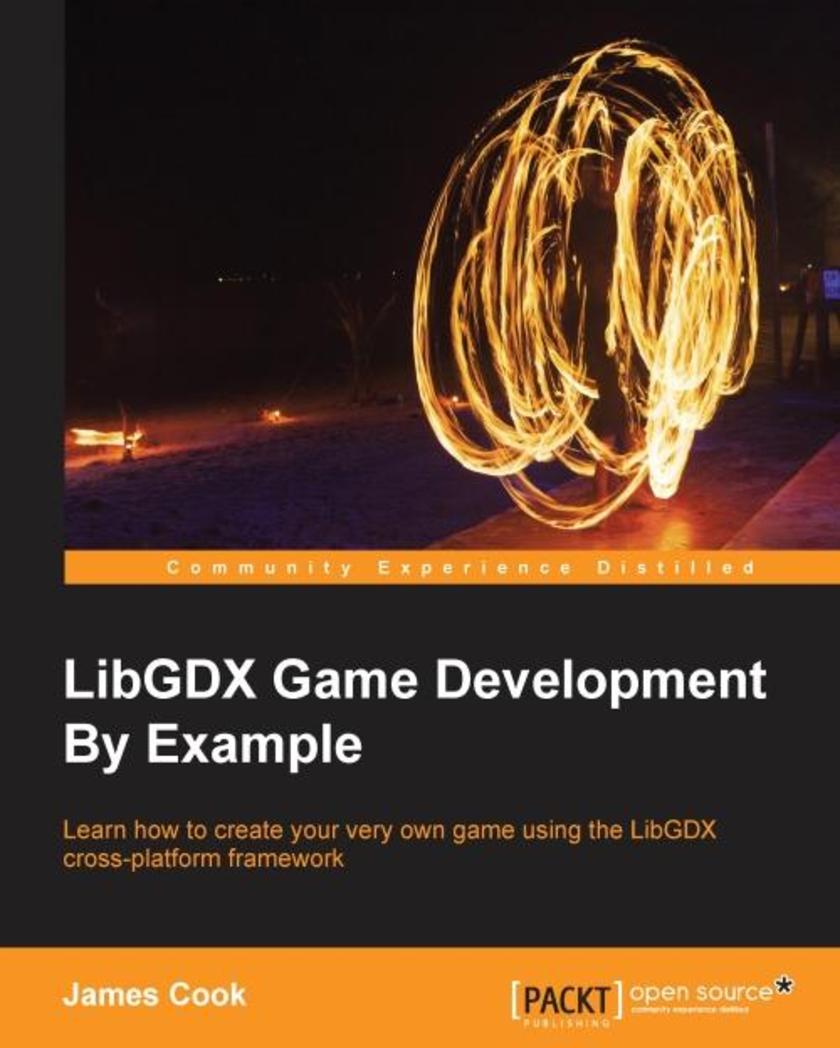
LibGDX Game Development By Example
¥80.65
This book is intended for those who wish to learn the concepts of game development using LibGDX. An understanding of Java and other programming languages would definitely be helpful, although this is not a must.

Application Development in iOS 7
¥50.13
A hybrid between informative overview and stepbystep instruction, this book is the ultimate guide to iOS 7 application development. If you are an iOS developer who is looking to understand the new features within iOS 7 and Xcode 5, then this book is for you. In order to fully understand the concepts in this book, it is recommended you have at least some experience with previous versions of iOS.

Getting Started with VMware Fusion
¥50.13
This book is a handson, practical guide that will help readers to understand the various capabilities of VMware Fusion with the help of realworld examples. This book is a must for every Mac user out there who is in the process of transitioning from Windows to OS X. Whether you’re new to Fusion or you’ve been using it for years, there’s something new for everyone to learn.
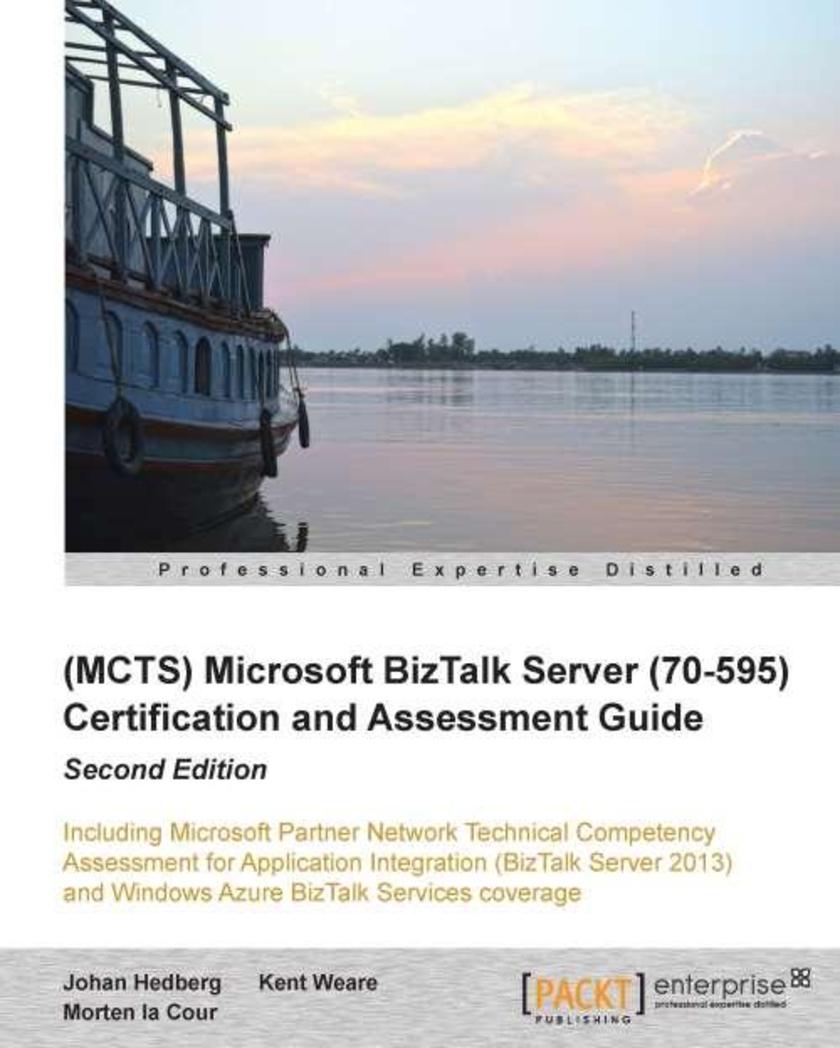
(MCTS) Microsoft BizTalk Server 2010 (70-595) Certification Guide (Second Editio
¥116.62
A handson certification guide with practical examples and sample questions and answers to help BizTalk developers pass the Microsoft BizTalk Server 2010 (70595) exam. If you are an intermediate level BizTalk developer who wants to pass the Microsoft BizTalk Server 2010 (70595) exam, then this book is for you. A working knowledge of fundamental BizTalk concepts around the core messaging engine and building business processes using orchestrations is assumed but not required. In addition, core knowledge of Windows Communication Foundation (WCF) and a basic understanding of Electronic Data Interchange (EDI) is recommended.
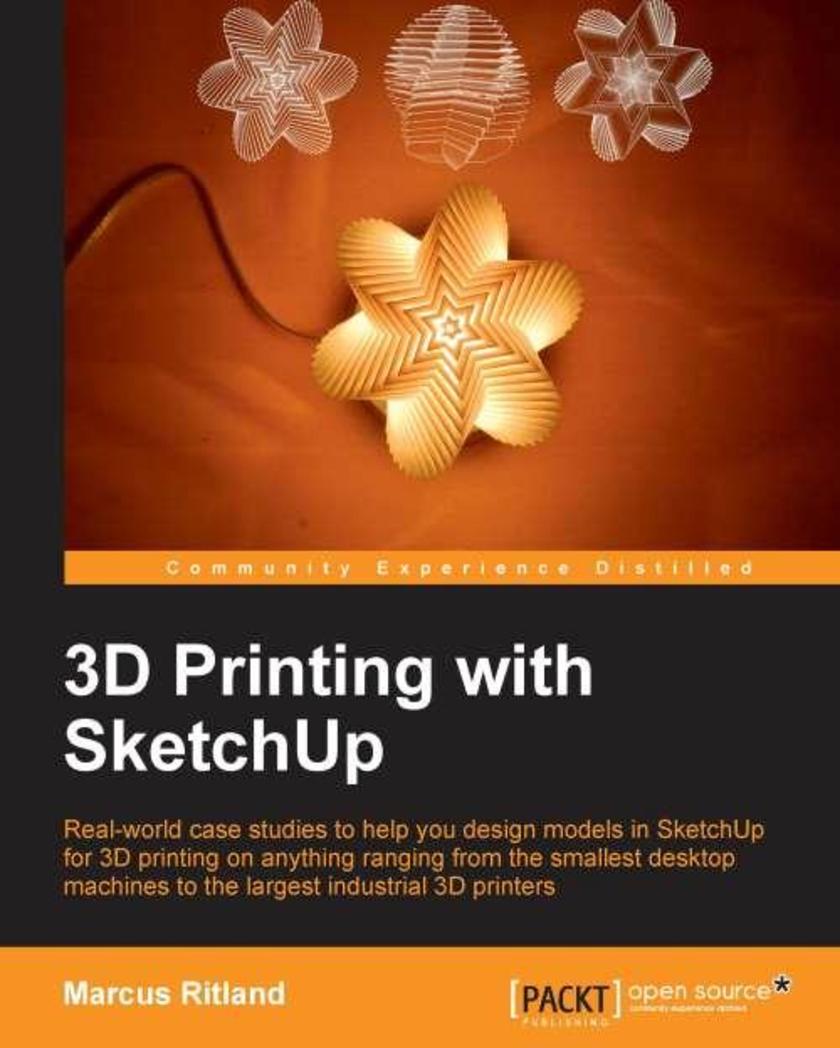
3D Printing with SketchUp
¥41.41
This book is a practical tutorial, packed with realworld case studies to help you design models that print right the first time. If you are familiar with SketchUp and want to print the models you've designed, then this book is ideal for you. You don't need any experience in 3D printing; however, SketchUp beginners will require a companion book or video training series to teach them the basic SketchUp skills.
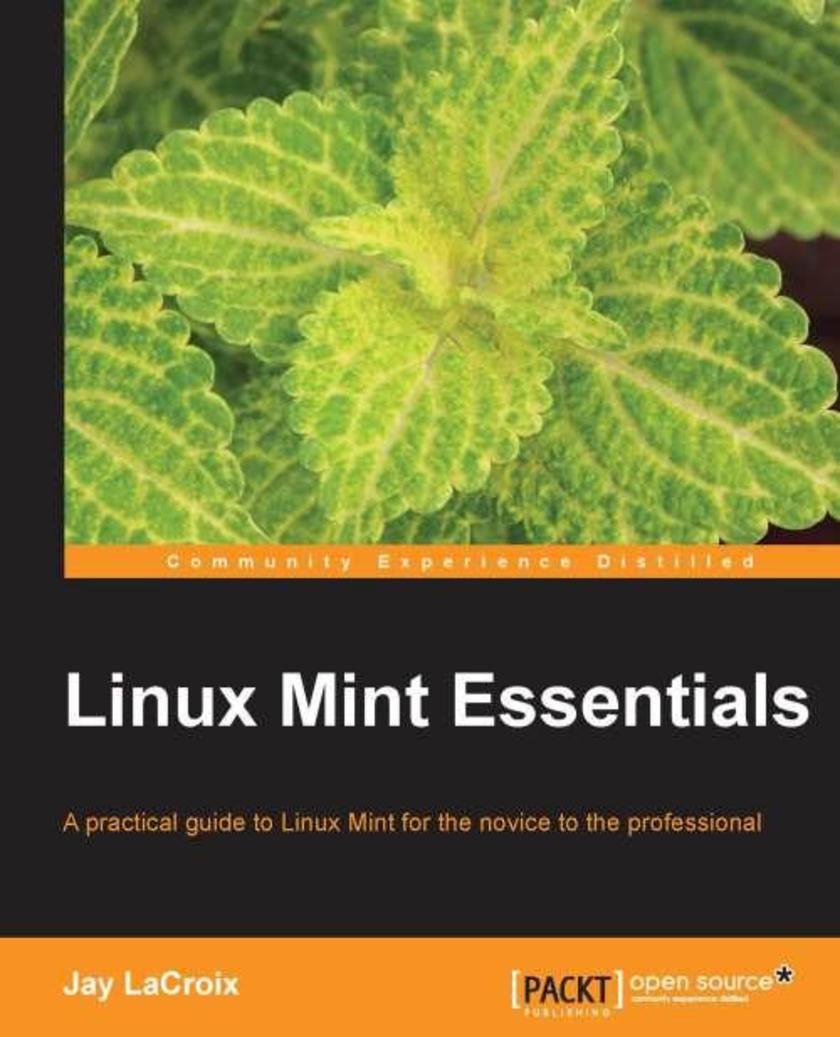
Linux Mint Essentials
¥90.46
A taskoriented look at Linux Mint, using actual realworld examples to stimulate learning. Each topic is presented in an easytofollow order, with handson activities to reinforce the content. If you are starting out with Linux from a different platform or are well versed with Linux Mint and want a guide that shows you how to exploit certain functionality, this book is for you. No previous Linux experience is assumed.

WildFly: New Features
¥50.13
This book is an easytofollow guide full of handson examples of administration tasks and valuable information about security. Each topic is explained and placed in context, and for the more inquisitive readers, there are more indepth details of the concepts used. If you are an application server administrator or a Java developer with some experience with previous versions of JBoss AS and you want to familiarize yourself with WildFly, then this book is ideal for you.




 购物车
购物车 个人中心
个人中心



